June 16, 2016
London market for flexible workspace outstrips conventional space 0
 The UK market for flexible workspace has grown 11 percent in just the last 12 months. The main driver of the upsurge is inevitably London, which saw the biggest increase of flexible space at 16 percent and now represents a third of the whole UK market. According to the new research by The Instant Group, traditional occupier inquiries for London grew at a lower rate (nine percent), meaning the supply of flexible workspace in London has outstripped conventional office space by some margin over the last year; a trend the report suggests that seems set to continue into the future. Double digit growth for flexible workspace was also been seen across the UK’s regions, with suburban locations seeing some of the UK’s most aggressive growth in terms of workstation rates and inquiries, despite a 12.5 percent increase in supply, as occupiers have chosen cheaper locations with good transport links over the highly competitive market in central London.
The UK market for flexible workspace has grown 11 percent in just the last 12 months. The main driver of the upsurge is inevitably London, which saw the biggest increase of flexible space at 16 percent and now represents a third of the whole UK market. According to the new research by The Instant Group, traditional occupier inquiries for London grew at a lower rate (nine percent), meaning the supply of flexible workspace in London has outstripped conventional office space by some margin over the last year; a trend the report suggests that seems set to continue into the future. Double digit growth for flexible workspace was also been seen across the UK’s regions, with suburban locations seeing some of the UK’s most aggressive growth in terms of workstation rates and inquiries, despite a 12.5 percent increase in supply, as occupiers have chosen cheaper locations with good transport links over the highly competitive market in central London.







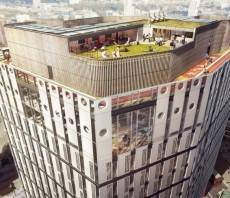






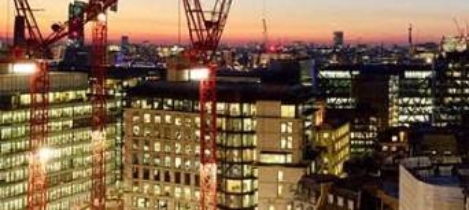
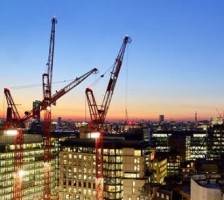




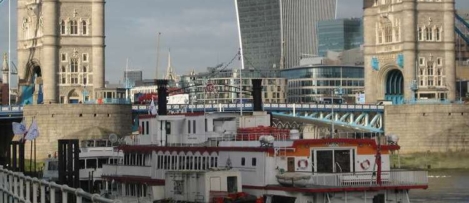
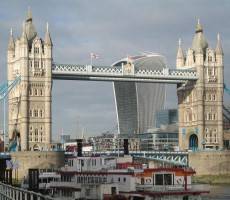










May 17, 2016
London’s central office market peak driving change for other zones 0
by Tobi Crosbie • Cities, Comment, Facilities management, Property
There are plenty of good reasons to believe that London’s Central office market has hit its peak. Rents are at an all-time high in the majority of core office locations and whilst the start of 2016 has seen rents rise, there is certainly a clear steadying of the pace. According to our own data, the Landlord’s quoted rents for offices across the entire Central London market. Core offices such as Mayfair and St James’s have reached levels of £150 per square foot (pfs) in Q1 2016 compared with £120 per square foot in Q1 2015 a rise of 25 percent in 12 months. That does sound excessive, until this is compared with the rises seen East of the city in so called ‘fringe markets’ of Clerkenwell, Old Street and Shoreditch. Here the rents have become eye watering. In Q1 2015, the prime quoting rent in Shoreditch had reached £55 psf. In Q1 2016, this number had reached £75 psf highlighting an increase in 12 months of over 35 percent.
(more…)